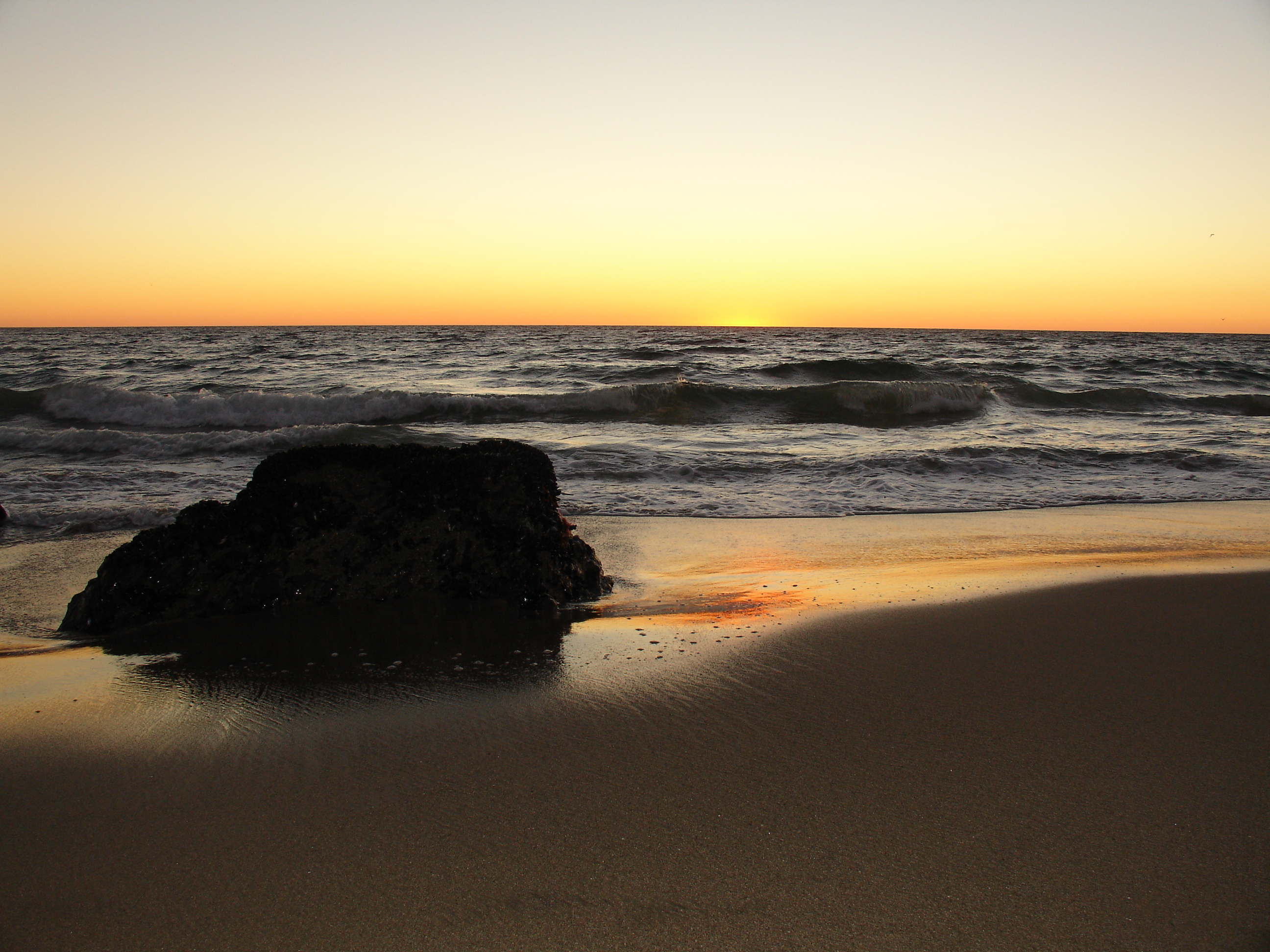World Oceans Day: Making a Difference as a Conscious Consumer
by Terra Wellington | June 5, 2012

June 8th is World Oceans Day, an annual event when people around the planet celebrate and honor the body of water that links us all.
When I was an innocent 10-year-old girl, my family took its first big vacation to sunny southern California. The not-to-miss Disneyland and SeaWorld were hot on the list, and, of course, a visit to the magnificent ocean.
It was the first time I had seen the end of the road, a fine-line horizon of blue. The day was spent doing things of daydreams: building sand castles, walking the shore, and feeling the tide’s tug. I remember so many shells! Pink, white, blue tinged. They were like delicate litter from another era, everywhere. We collected and collected. Every shape and size.
Fast forward to my adult years, and now we live in California. Yay! I still love the calming beach. The waves drown out the problems of the day, and you’re able to clear your mind. And what about those lovely and curious shells? Well, with the debris of yesteryear long gone, when I walk the shoreline today I’m hard pressed to be distracted by a shell hitting a toe. They are difficult to find. Sometimes you don’t see any—even during low tide.
Some of the newest research says the decline of shells may be due to ocean acidification. As carbon dioxide levels in the atmosphere rise, this is lowering the pH level of the ocean, making it harder for shellfish like clams and scallops to reproduce. There is also the problem of overharvesting. And, granted, today’s beaches are often cleared of debris by the local park ranger—they must look pristine! But no matter the reason, the decline of shellfish is not the only problem.
Eighty-five percent of the world’s fish species have been fished to capacity, overcapacity, been depleted, or are trying to recover from depletion. It’s a global, multi-ocean problem—not just in my backyard. And, not surprisingly, during the same period of time that fish populations have decreased, the world has been harvesting and eating more fish than ever before. It’s unsustainable.
Many of us don’t see this problem because our grocers and restaurants keep providing us with more seafood than we can eat, making it seem like an endless supply. But this isn’t true in other parts of the world. Millions of people in less-fortunate nations are struggling to bring home the fish protein they have subsisted on for generations.
One of the biggest problems is that while the oceans were once a small-business economy, they are no longer. No fish is a match for the massive, technology-driven fishing vessels of today. Fishing is big business, and that means volume. So fishers have resulted to clear-cutting (bottom trawling) a good portion of the world’s oceans, scraping up the marine life and often leaving little but seafloor and murky water behind.
In the documentary “The End of the Line,” my friend and investigative journalist Charles Clover artfully, if not grotesquely, chronicled the catching of every last fish. A “vital” film said The New York Times. An understatement, I say.
What can we do to reverse this trend?
There is much hope in a number of thoughtful ocean conservation-oriented organizations that are engaged in improving domestic and international ocean policies. You can support them with their “calls for action.” A solid short-list includes Oceana, the Ocean Conservancy, and the Animal Planet-publicized Sea Shepherd Conservation Society.
But one of the most important steps you can take is to educate yourself about the more-sustainable seafood options that are available to you—both from your grocer and at the sushi bar. Consumer action to avoid fish that are over-exploited and/or have high mercury content is a powerful tool in influencing the marketplace.
My family and I have successfully used the Seafood Watch card and smart phone app to make better ocean-friendly choices. It’s a free, science-based seafood guide put out by the Monterey Bay Aquarium—and updated annually by region. Did you know that farmed rainbow trout, Arctic char, and barramundi are sustainable and great-tasting fish options? They are also high in desirable omega-3’s and have low levels of mercury. Call them “super green” fish.
If you’re concerned about the socio-economic impacts of your seafood choices on coastal and fishing communities (in addition to the human health and environmental impacts), another option is the Smart Seafood Guide published by Food & Water Watch. It comes in a pocket-sized version and also includes a “dirty dozen” list of the top 12 fish to avoid (the worst offenders include Atlantic cod, imported catfish, caviar, Chilean seabass, imported shrimp, and farmed salmon).
Also, some grocery chains are starting to come on board, such as Safeway and its partner Fishwise. The environmental group Greenpeace just issued its optimistic 2012 Seafood Retailer Scorecard and, unexpectedly, Safeway nabbed first place over Whole Foods. Lesson to apply: support retailers that are shifting to planet-friendly policies.
With our health and the planet’s health intertwined, taking care of the world’s marine life is something everyone can take part in. No matter where you live. Each of us doing our small part adds up to big change and a better world.
Terra Wellington has been a guest on such programs as Chicago’s WGN, The Daily Buzz, The Montel Williams Show, WCBS’ This Morning, and Martha Stewart Radio. She is the author of The Mom's Guide to Growing Your Family Green and the former wellness editor of Fit Body and Real. In addition to contributing to numerous magazines and websites, she’s an actress and mom. More at www.terrawellington.com, Twitter: @terrawellington

